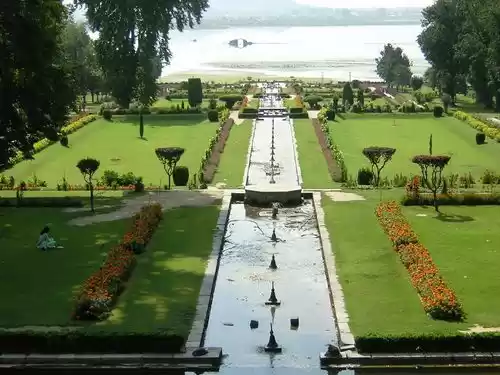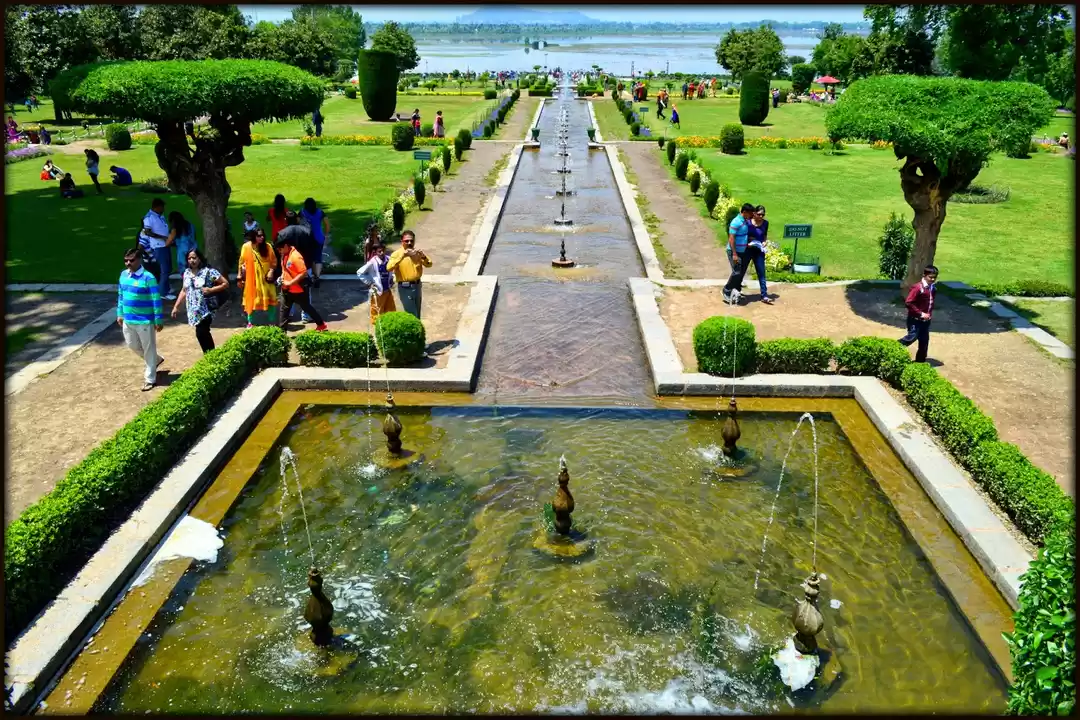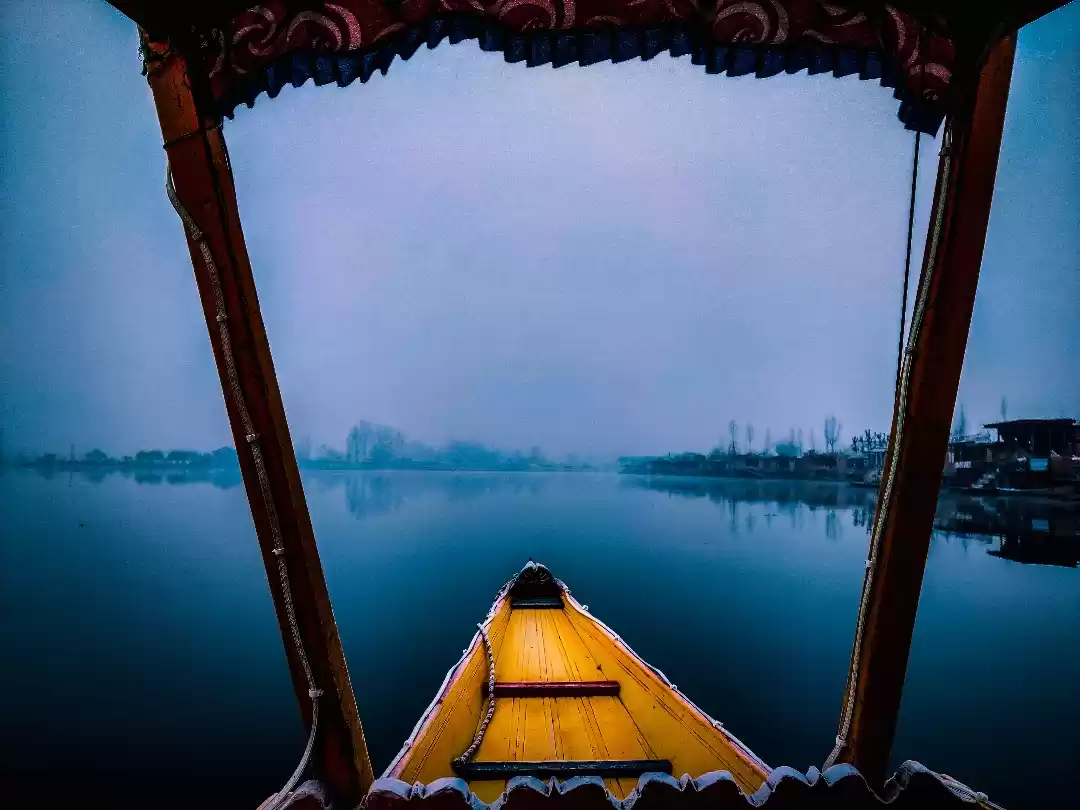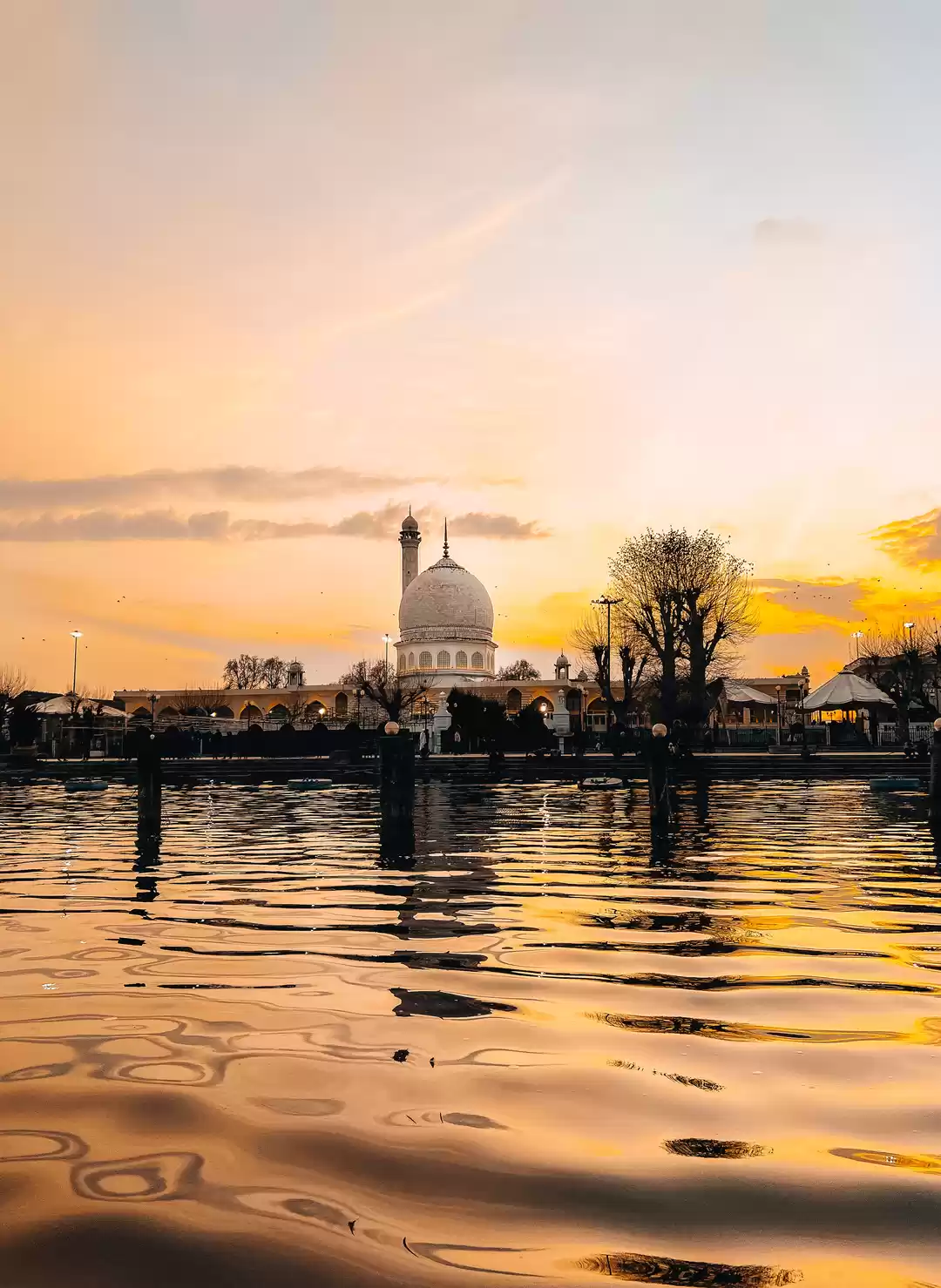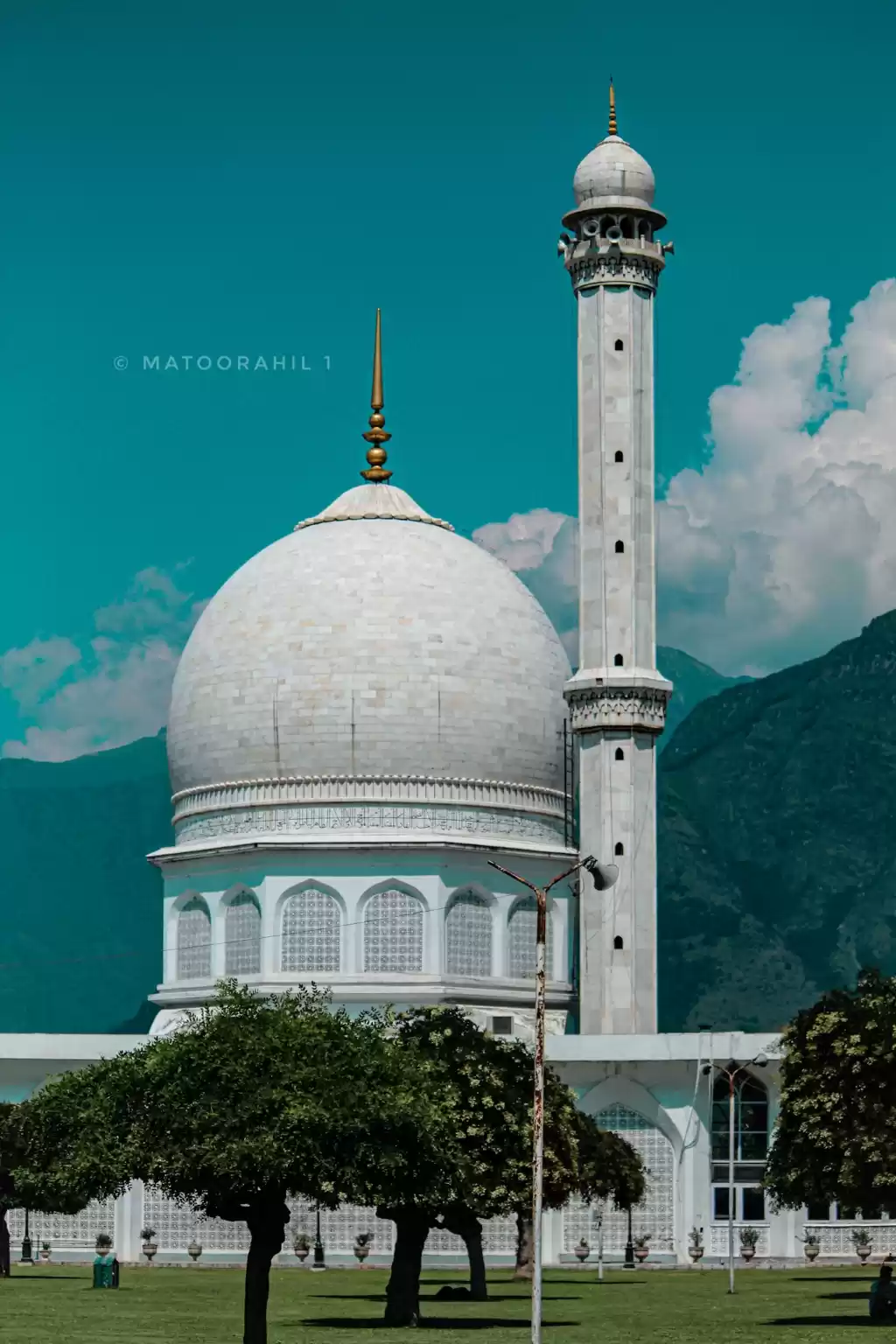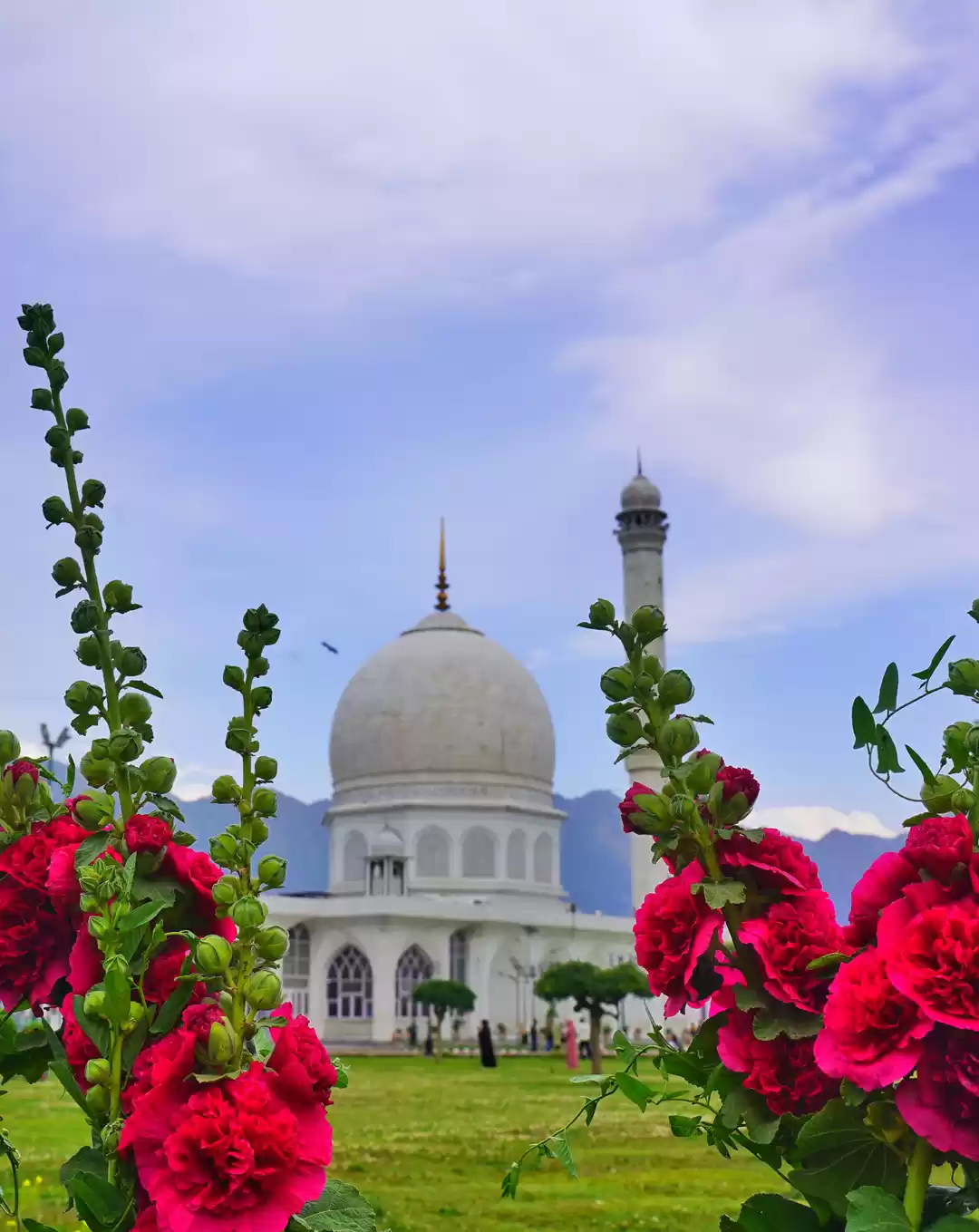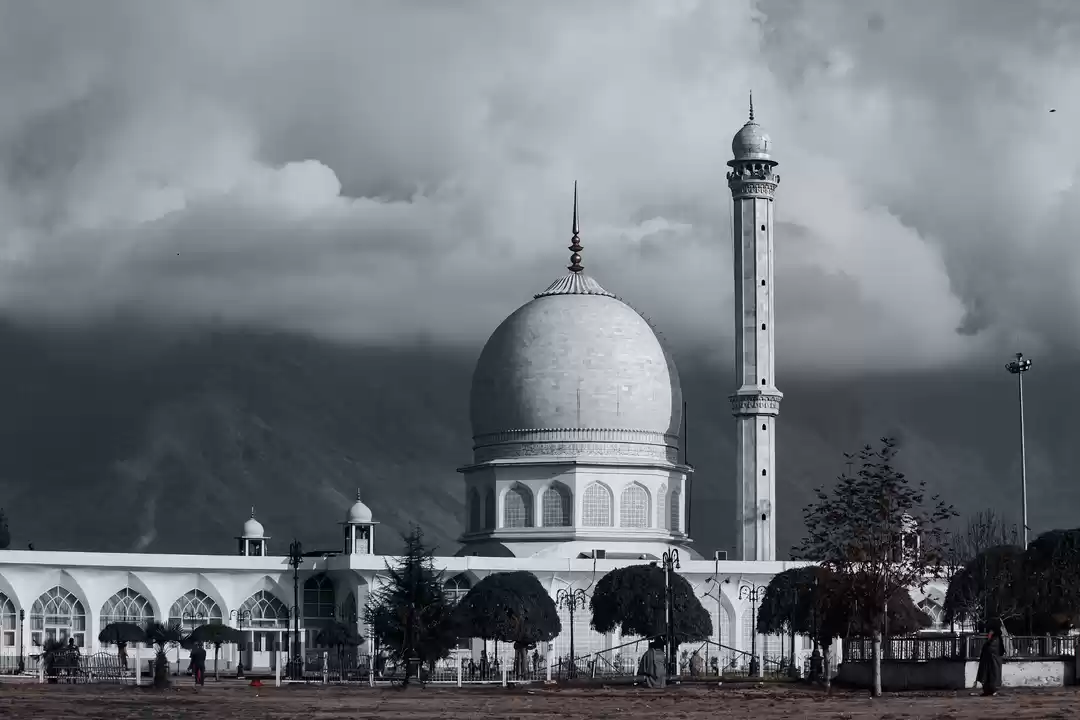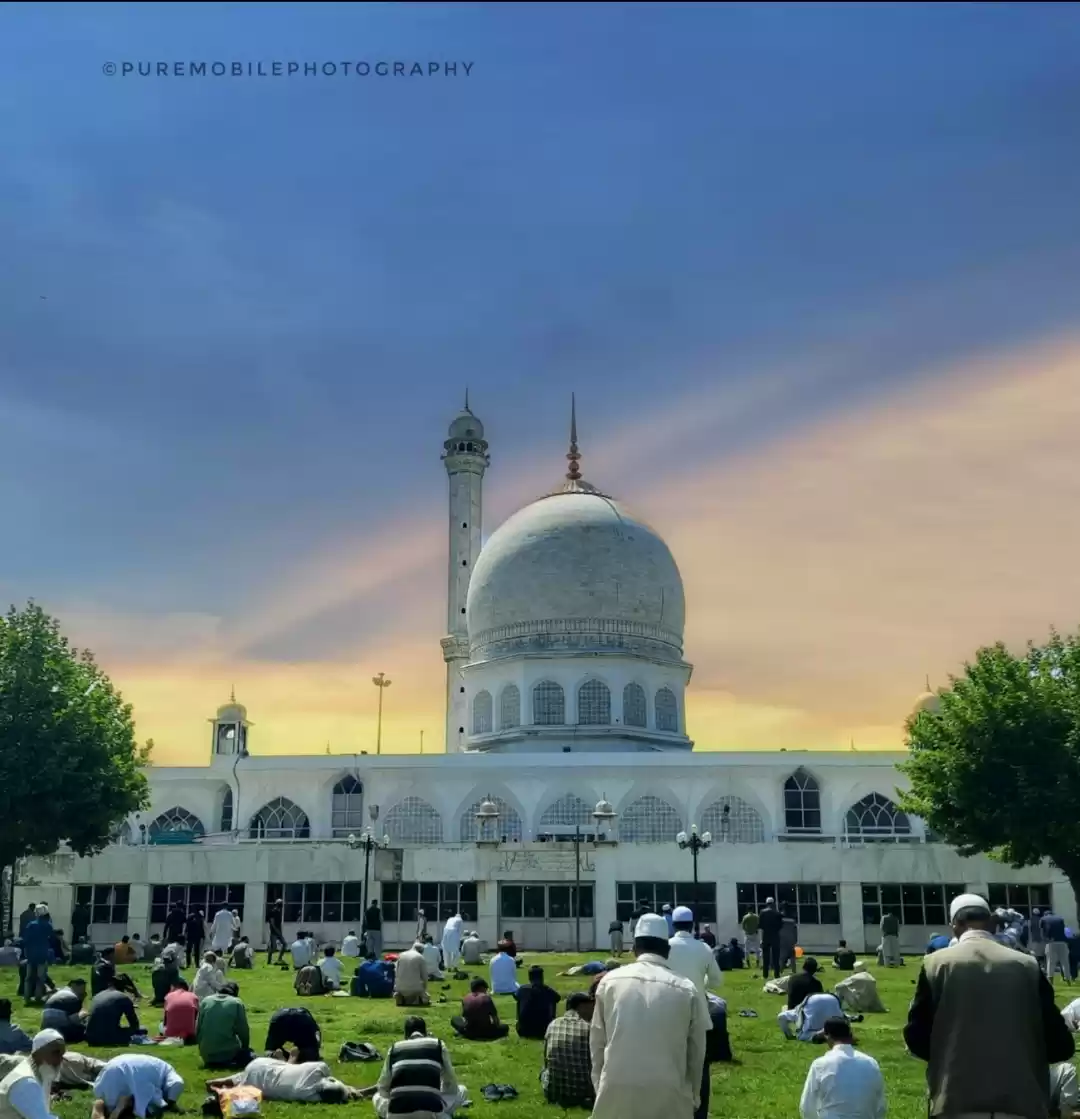Have you ever wondered what it would be like to visit a place that is revered by millions of Muslims and admired by countless tourists? A place that combines the spiritual and the scenic, the historical and the architectural, the sacred and the serene? If yes, then you should definitely plan a trip to Hazratbal Shrine in Srinagar, Jammu & Kashmir, India.
Hazratbal Shrine is a holy site that houses a relic of Prophet Muhammad’s hair, which is believed to have miraculous powers and blessings. The shrine is located on the banks of the Dal Lake, offering a stunning view of the lake and the mountains. The shrine is also a masterpiece of Mughal and Kashmiri architecture, with a white marble dome, four minarets, and intricate carvings.
In this article, we will explore the origin, journey, and display of the relic of Prophet Muhammad’s hair, the history and architecture of the shrine, and some tips and suggestions for visitors. Whether you are a devout Muslim or a curious tourist, you will find something to appreciate and enjoy at Hazratbal Shrine.
The Relic of Prophet Muhammad
The relic of Prophet Muhammad’s hair is the most precious and sacred object at Hazratbal Shrine. It is a strand of hair from the head of Prophet Muhammad, the founder of Islam, who lived and died in Medina, Saudi Arabia, in the 7th century CE. The relic is believed to have healing and blessing powers, and is venerated by Muslims all over the world.
But how did the relic come to Kashmir, which is thousands of miles away from Medina? The story goes that the relic was given by Prophet Muhammad to one of his companions, Syed Abdullah, who was his barber. Syed Abdullah passed it on to his son, Syed Hamid, who brought it to India. Syed Hamid settled in Bijapur, Karnataka, where he became a respected saint and teacher.
The relic remained in Bijapur for over 200 years, until it was taken by a Kashmiri businessman, Nur-ud-Din Ishbari, who was a disciple of Syed Hamid. Nur-ud-Din brought the relic to Kashmir in 1634 CE, and kept it in his house, which was later converted into a shrine. The relic was revered and guarded by the Kashmiri Muslims, who considered it a symbol of their faith and identity.
However, the relic also attracted the attention of the Mughal emperors, who ruled over most of India at that time. The Mughals were also Muslims, and they wanted to possess the relic for themselves. In 1658 CE, Aurangzeb, the last of the great Mughal rulers, ordered his governor in Kashmir to seize the relic and send it to him in Delhi. The governor complied, and the relic was taken away from Kashmir.
But Aurangzeb soon regretted his decision, as he had a dream that disturbed him. He dreamt that Prophet Muhammad was angry with him for taking away his hair, and that he should return it to Kashmir immediately. Aurangzeb woke up in fear, and decided to follow the prophet’s command. He sent the relic back to Kashmir, along with a letter of apology and a gift of money and jewels. The relic was received with joy and gratitude by the Kashmiri Muslims, who celebrated the occasion as Eid-e-Milad, or the birthday of the prophet. This event is still commemorated every year, on the 12th of Rabi-ul-Awwal, the third month of the Islamic calendar.
The relic is displayed to the public on special occasions, such as the birth and death anniversaries of the prophet, and the Friday following Eid-ul-Fitr and Eid-ul-Adha, the two major festivals of Islam. Thousands of devotees flock to the shrine to catch a glimpse of the relic and seek its blessings. The relic is kept in a silver casket, covered with a silk cloth, and placed on a wooden pedestal. The display is accompanied by prayers, chants, and songs, creating a solemn and festive atmosphere.
The History and Architecture of the Shrine
The history and architecture of Hazratbal Shrine are also fascinating and impressive. The shrine has evolved from a modest wooden structure to a magnificent marble edifice over the centuries. The shrine has also witnessed some of the historical and political events that have shaped the destiny of Kashmir and its people.
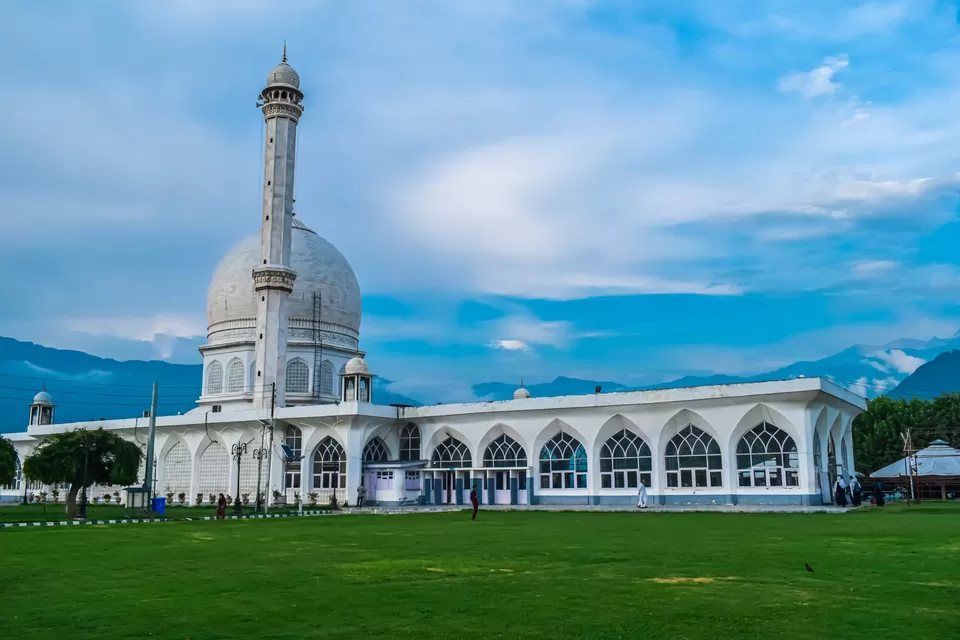
The original shrine was built by Nur-ud-Din Ishbari, the Kashmiri businessman who brought the relic to Kashmir in 1634 CE. He constructed a small wooden house, where he kept the relic and prayed. He also invited other Muslims to visit and venerate the relic. The house soon became a popular and respected place of worship, and was named Hazratbal, which means “the abode of the revered one” in Urdu.
The shrine was renovated and expanded by various rulers and patrons over the years. The first major renovation was done by the Mughal emperor Shah Jahan, who built a larger and more elaborate wooden structure in 1653 CE. He also added a garden and a fountain to the shrine. The second major renovation was done by the Afghan governor, Atta Muhammad Khan, who replaced the wooden structure with a brick and stone one in 1767 CE. He also added a dome and four minarets to the shrine. The third and final major renovation was done by Sheikh Mohammad Abdullah, the first chief minister of Jammu & Kashmir, who replaced the brick and stone structure with a white marble one in 1979 CE. He also added a courtyard and a library to the shrine.
The architecture of Hazratbal Shrine reflects the influence of Mughal and Kashmiri styles. The shrine has a rectangular plan, with a central hall, a verandah, and four porches. The central hall is where the relic is kept and displayed. The verandah is where the prayers and rituals are performed. The porches are where the visitors can sit and relax. The shrine has a white marble dome, which is the largest in Kashmir. The dome is supported by four pillars, which are decorated with floral and geometric motifs. The shrine also has four minarets, which are slender and elegant. The minarets have arched windows, which offer a view of the lake and the mountains. The shrine also has a courtyard, which is paved with marble tiles and surrounded by a colonnade. The courtyard has a fountain, which adds to the beauty and tranquility of the shrine.
The shrine has also been the site of some of the historical and political events that have marked the history of Kashmir and its people. The shrine has been a symbol of the Kashmiri Muslim identity and resistance, as well as a target of the Indian state and military. Some of the notable events that took place at or near the shrine are:
The theft and recovery of the relic in 1963, which sparked a massive uprising and agitation among the Kashmiri Muslims, who demanded the return of the relic and the autonomy of Kashmir. The relic was recovered after two weeks, and the Indian government agreed to some of the demands of the Kashmiri Muslims.
The siege and firing by the Indian Army in 1993, which resulted in the death and injury of several civilians and militants, who had taken refuge in the shrine. The siege lasted for two months, and ended with a negotiated settlement between the Indian government and the militant groups.
The protests and clashes in 2010, which erupted after the killing of a teenage boy by the Indian security forces near the shrine. The protests were part of the larger Kashmiri uprising of 2010, which claimed the lives of over 100 civilians and injured thousands more.
Tips and Suggestions for Visitors
If you are planning to visit Hazratbal Shrine, you should keep in mind some of the tips and suggestions that will make your visit more enjoyable and memorable. Here are some of them:
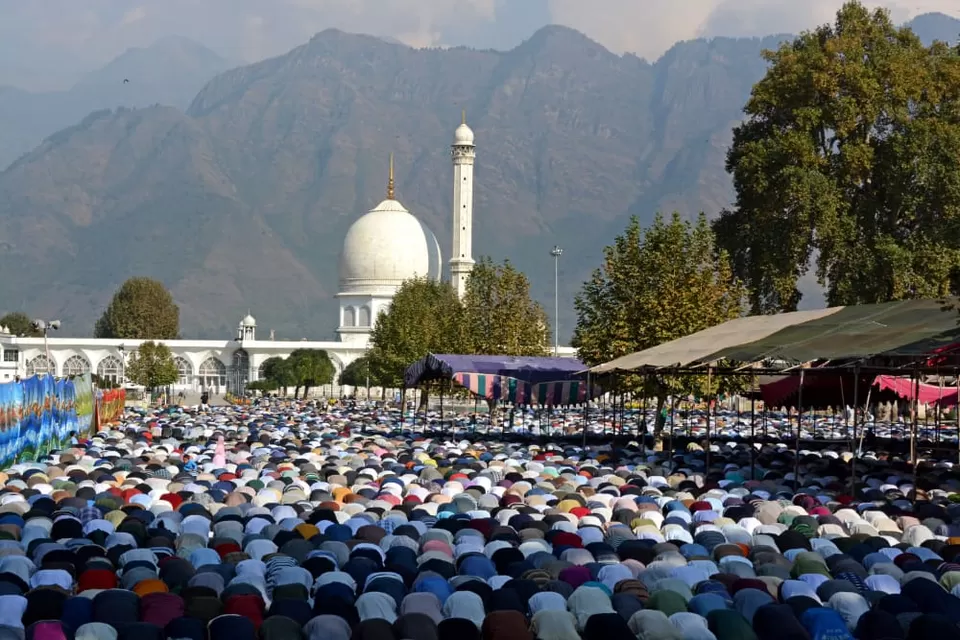
The best time to visit the shrine is during the spring or autumn seasons, when the weather is pleasant and the Dal Lake is full of water and flowers. The shrine is also more crowded and lively during these seasons, as many festivals and events take place around the shrine.
The dress code for the shrine is modest and respectful, covering the head, shoulders, and legs. Shoes must be removed before entering the shrine. You can borrow a scarf or a cloak from the shrine’s staff, if you don’t have one. You should also avoid wearing any leather items, such as belts, wallets, or bags, as they are considered impure in Islam.
Photography is allowed outside the shrine, but not inside or near the relic. You should also refrain from making loud noises or disturbing the prayers and rituals. You should also respect the sentiments and beliefs of the devotees, and avoid any offensive or insensitive remarks or gestures.
The shrine is open from 9:30 am to 5:30 pm on all days, except on Fridays, when it is closed for the afternoon prayers. The entry is free for all visitors, regardless of their faith or nationality. You can also make a donation or offer a gift to the shrine, if you wish to.
How to Reach
One of the ways to reach Hazratbal Shrine is by taking a shikara ride on the Dal Lake, which is a traditional wooden boat that offers a scenic and relaxing view of the lake and the mountains. The shikara can also take you to the other side of the lake, where the Nishat Bagh, a famous Mughal garden, is located.
You can find many shikara operators near the Dal Gate, which is the main entrance to the lake. The shikara ride costs about Rs. 500 per hour, and you can negotiate the price and the duration with the operator. The shikara ride is a unique and enjoyable way to experience the beauty and culture of Srinagar.
Another way to reach Hazratbal Shrine is by taking a local bus from different parts of the city. The shrine is well-connected by road and local buses, and you can find many bus stops near the shrine. The bus fare is very cheap, ranging from Rs. 10 to Rs. 20, depending on the distance. The bus ride is a convenient and economical way to travel to the shrine, but it can also be crowded and noisy. You can also take a taxi or an auto-rickshaw, which are more comfortable and faster, but also more expensive. The taxi or auto-rickshaw fare can vary from Rs. 100 to Rs. 300, depending on the distance and the traffic.
We hope you enjoyed reading this article and learned something new and interesting about Hazratbal Shrine. If you have any feedback, comments, questions, or experiences about the shrine or the article, please feel free to share them with us.
You can also contact us for more information or queries. Thank you for choosing Tripoto as your travel guide and companion. We wish you a happy and safe journey.









